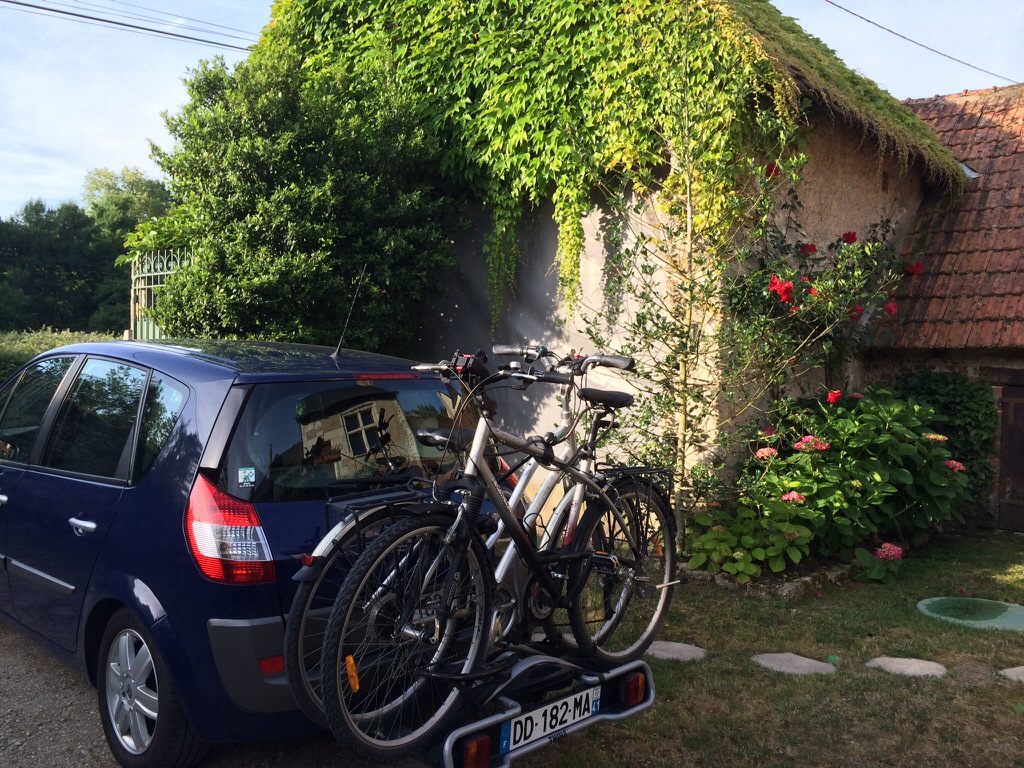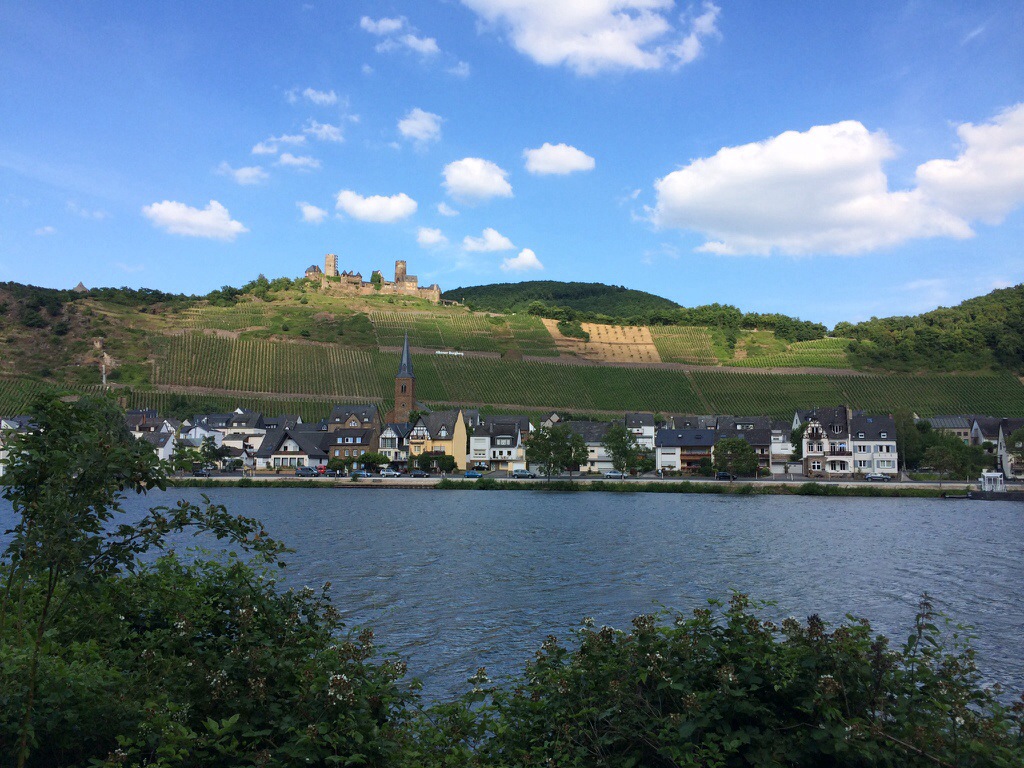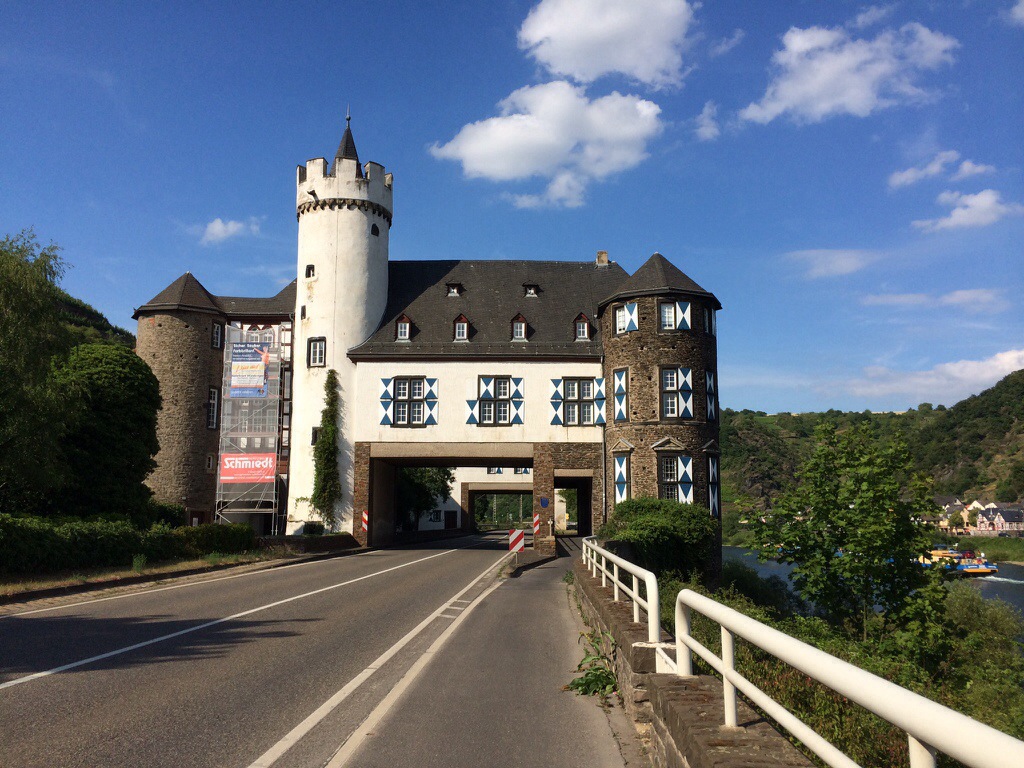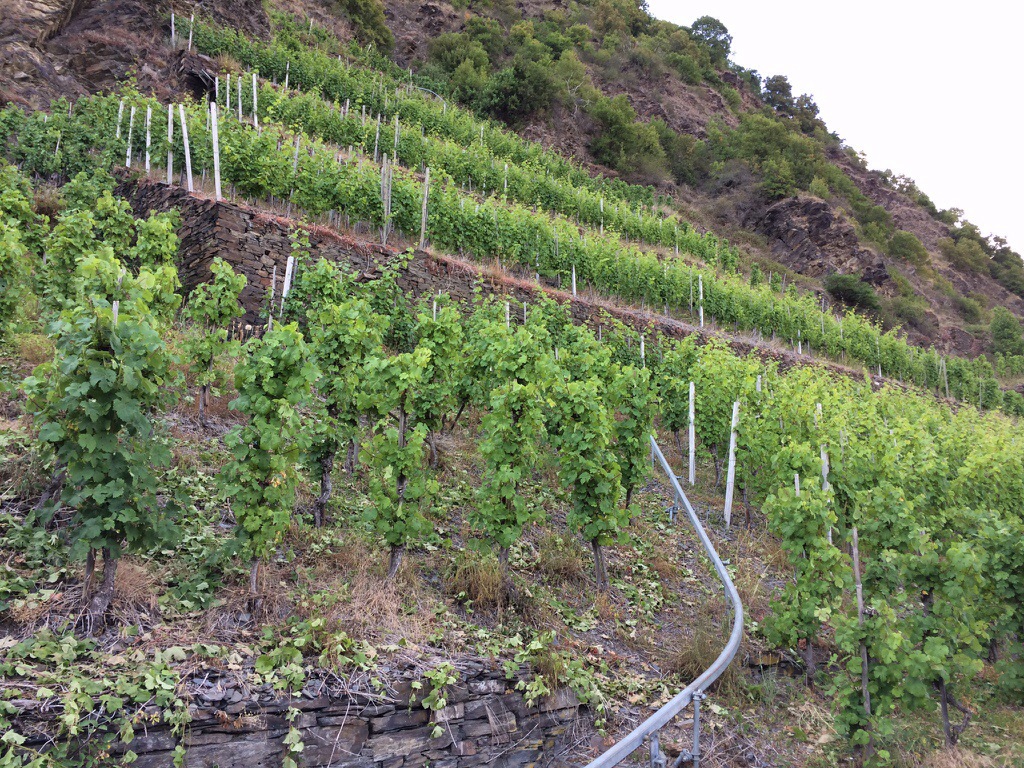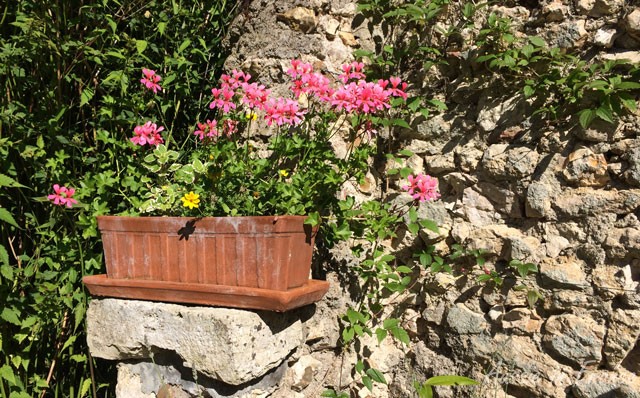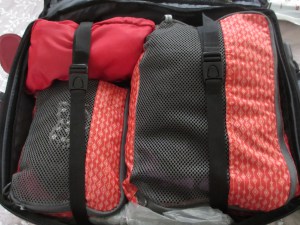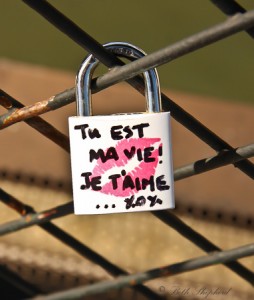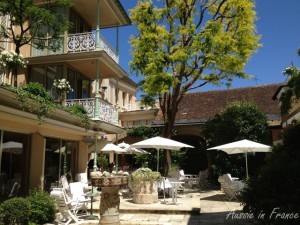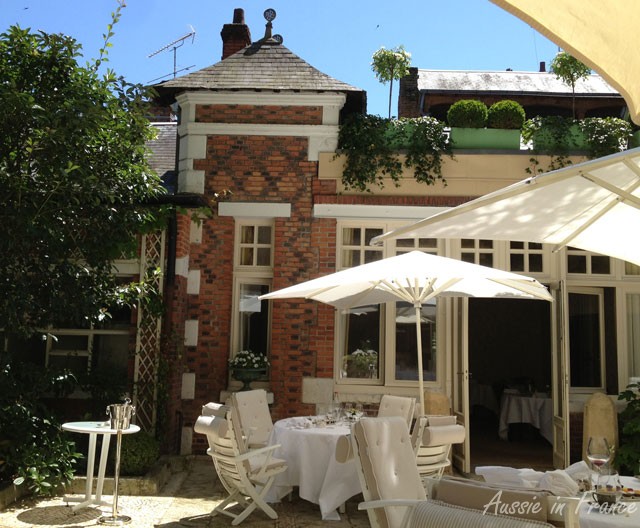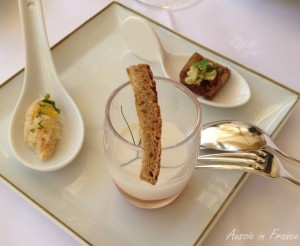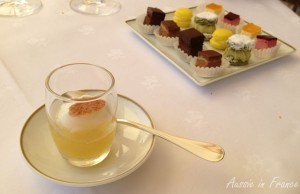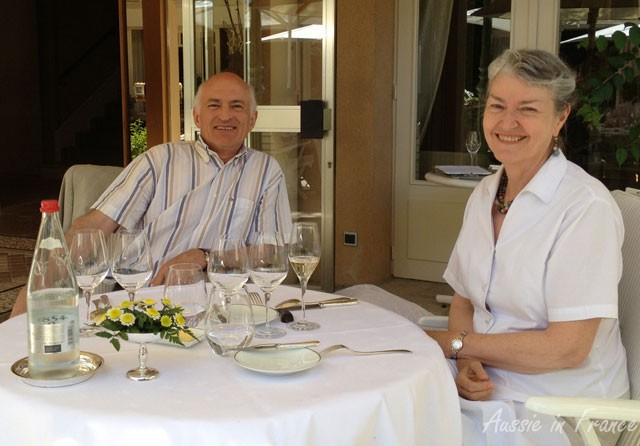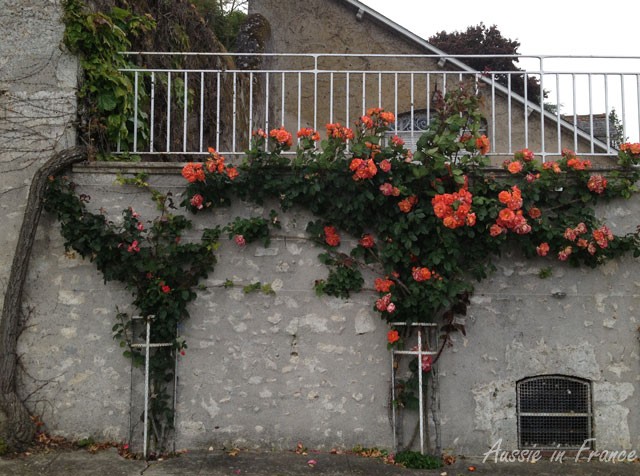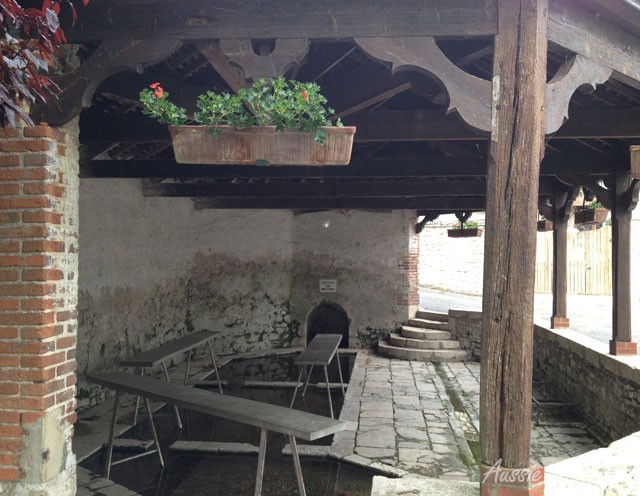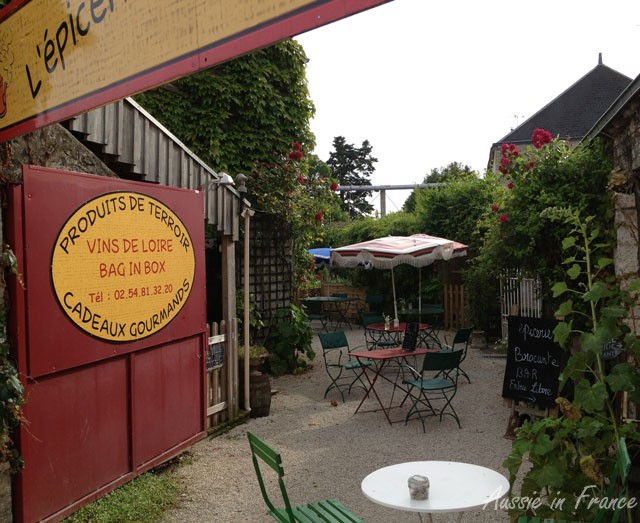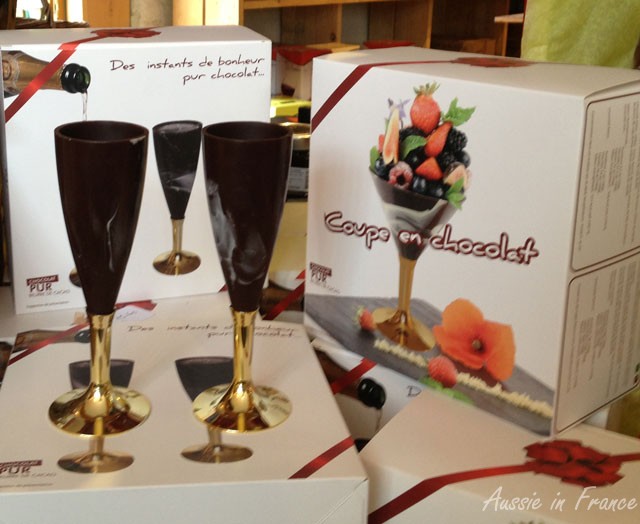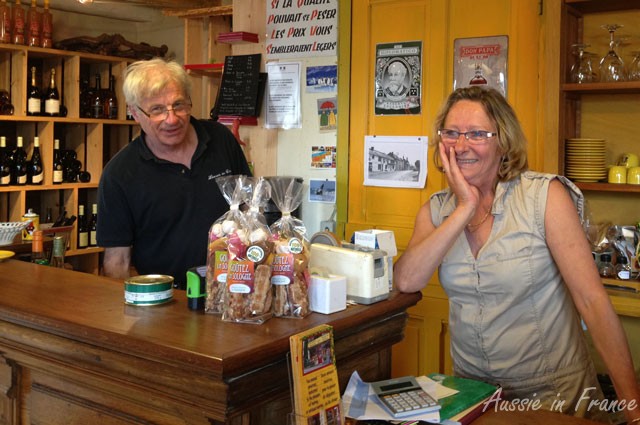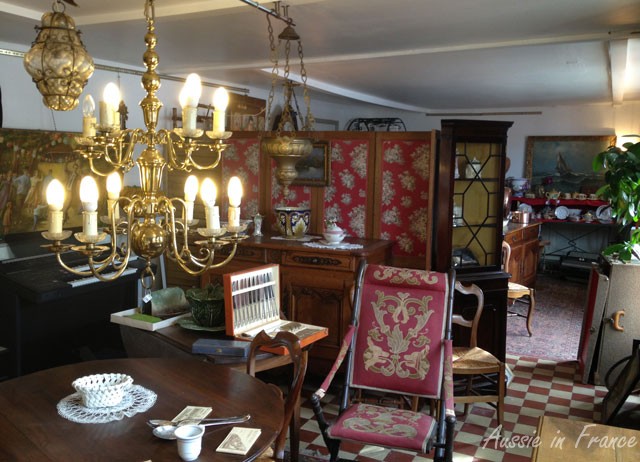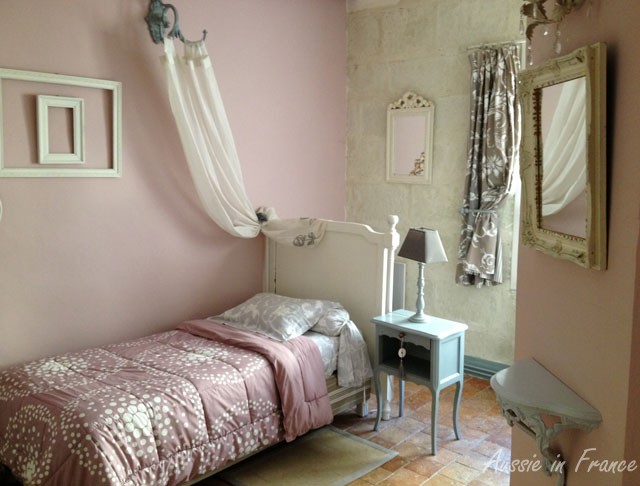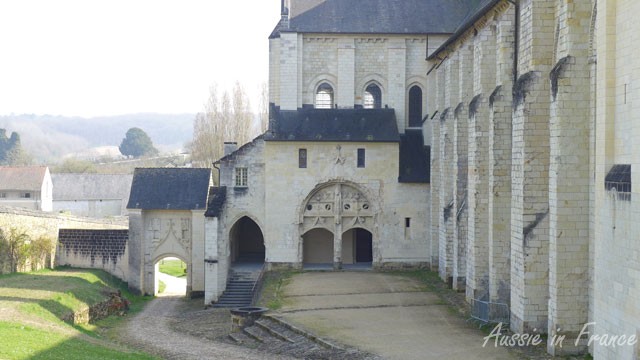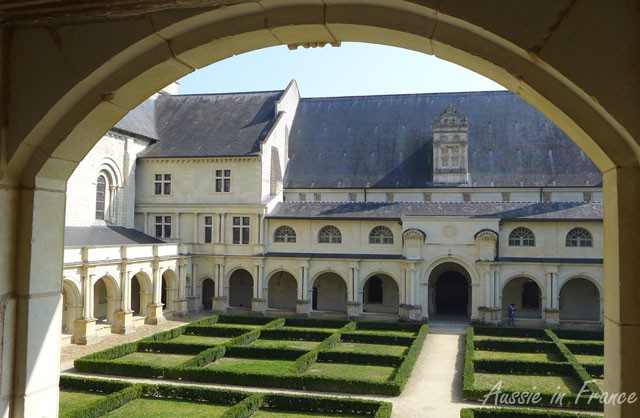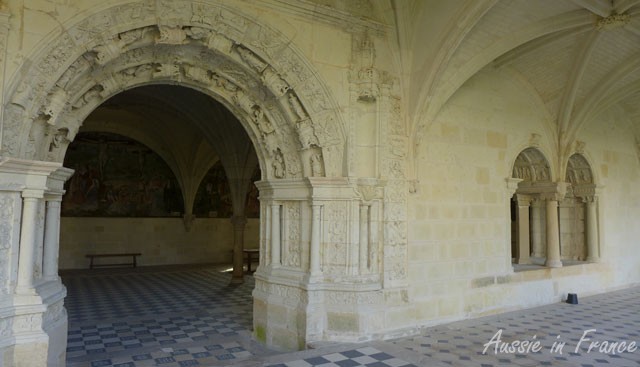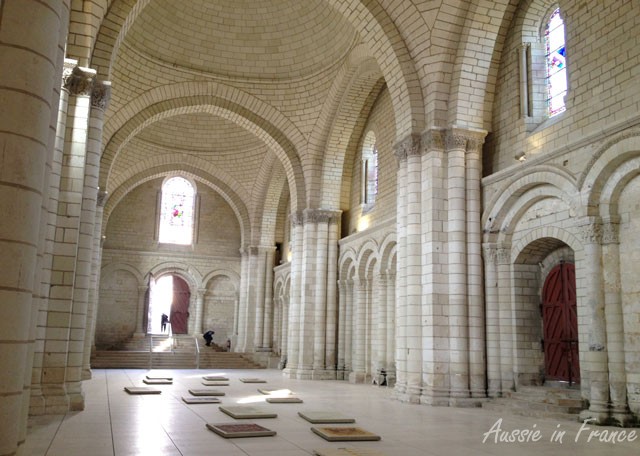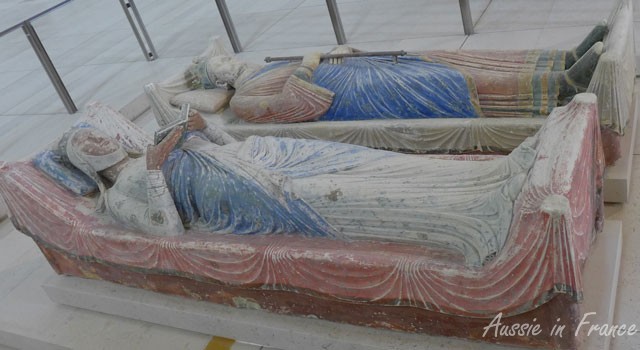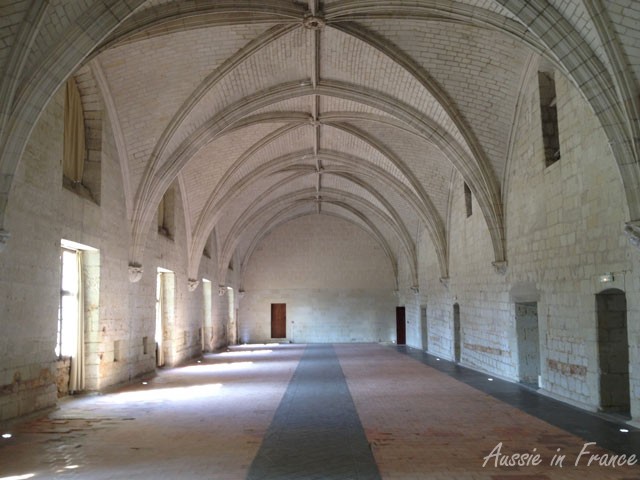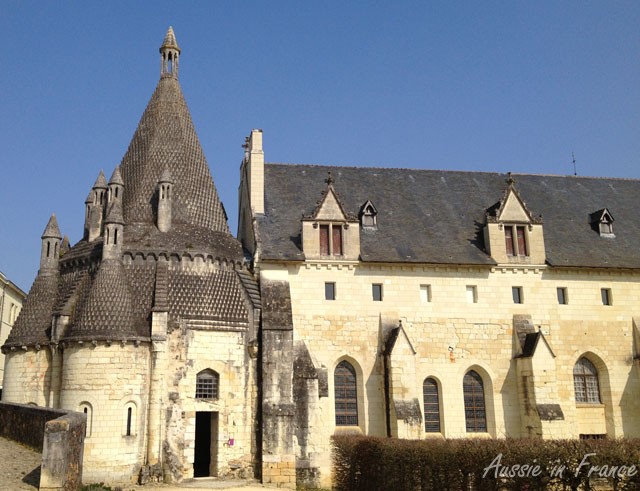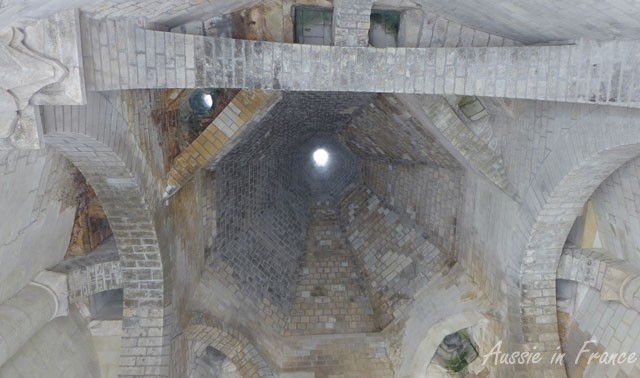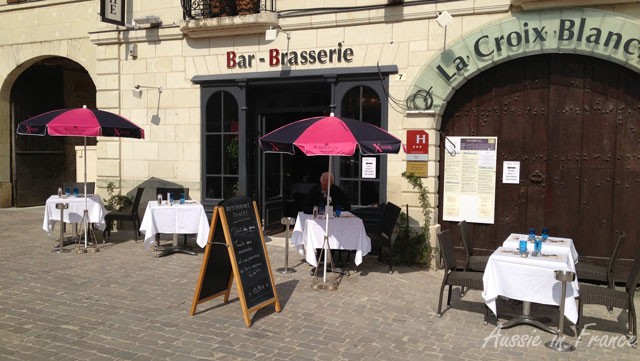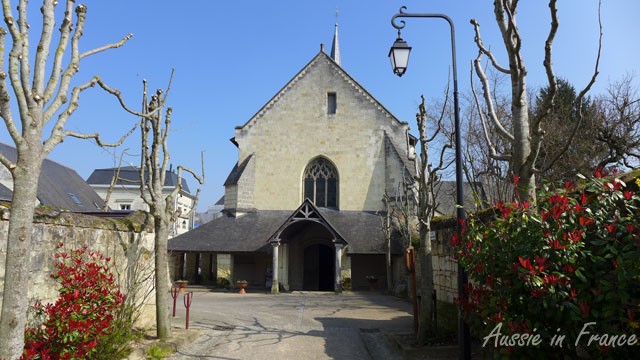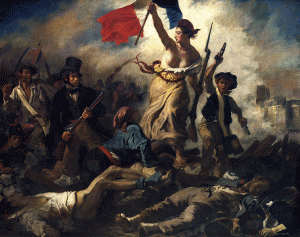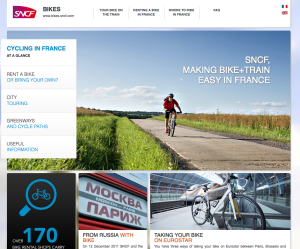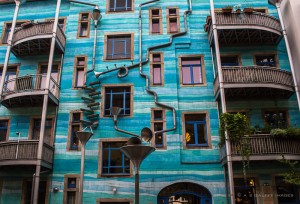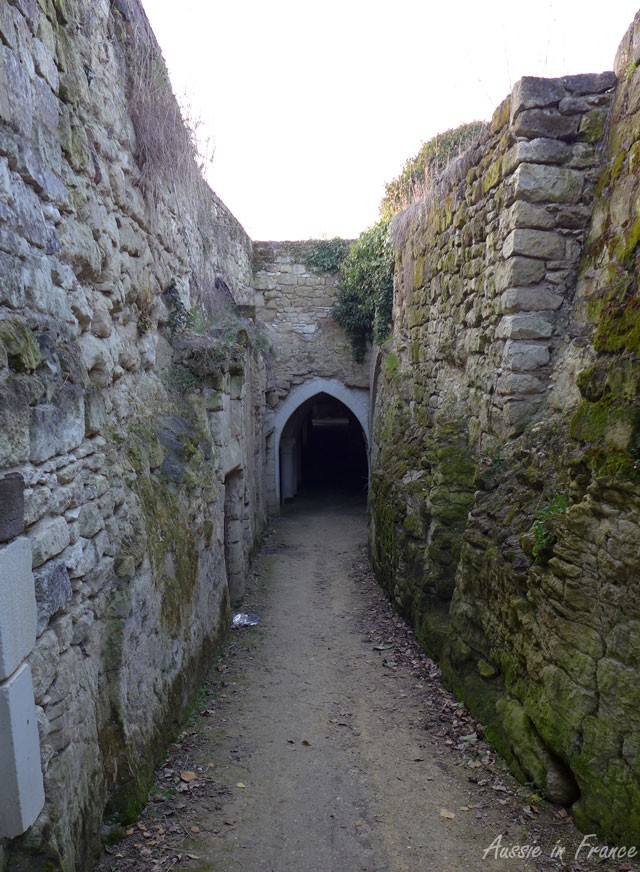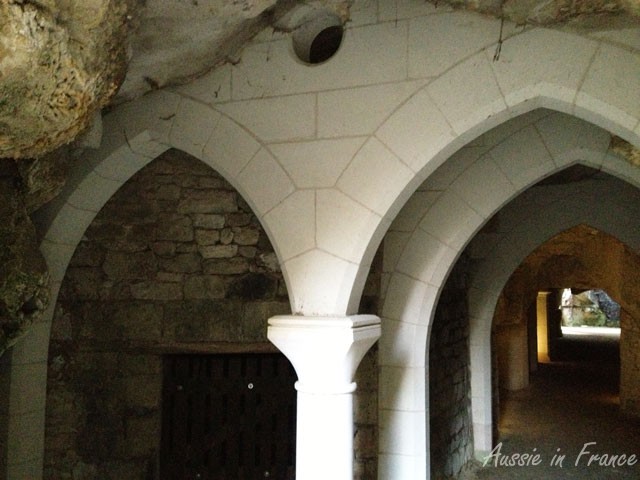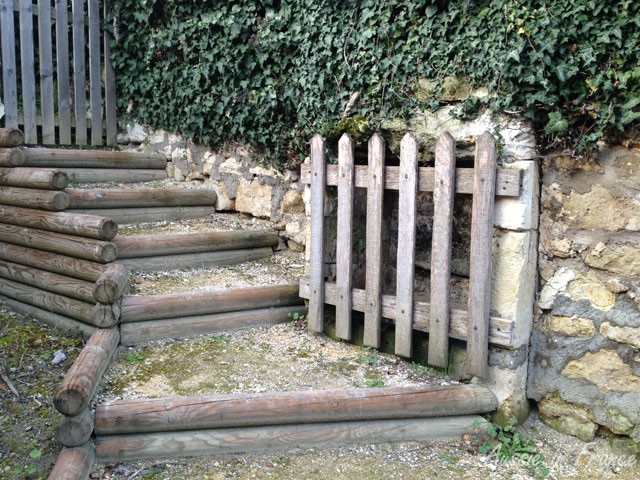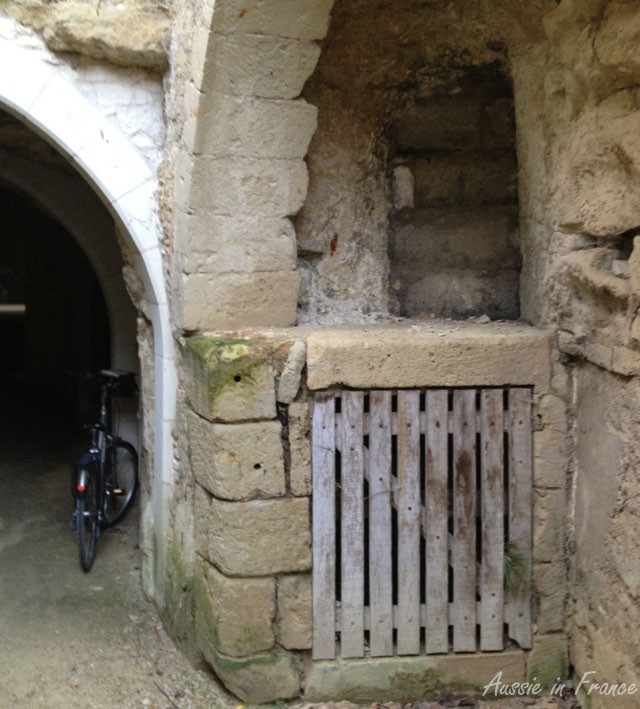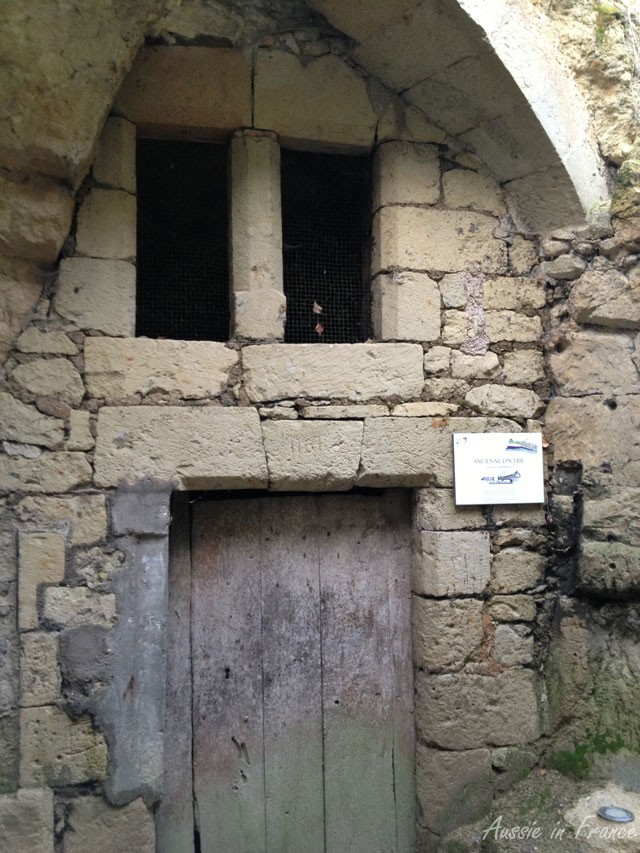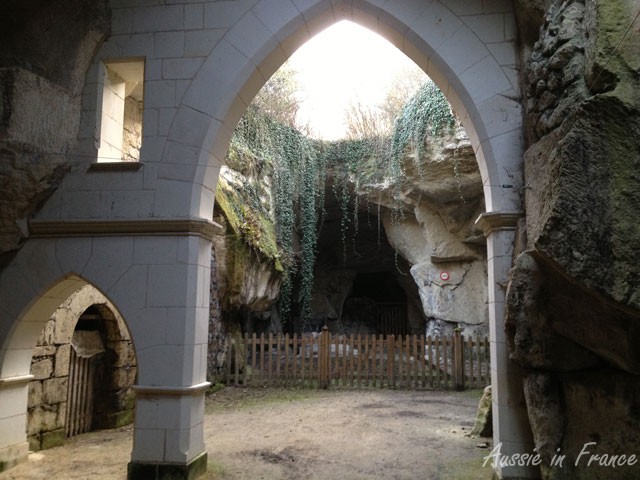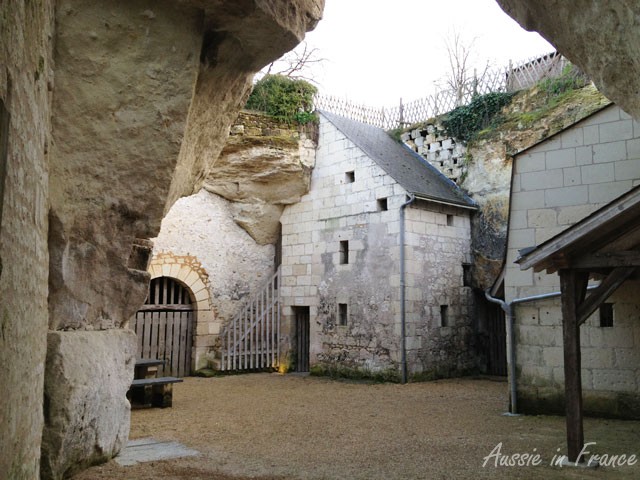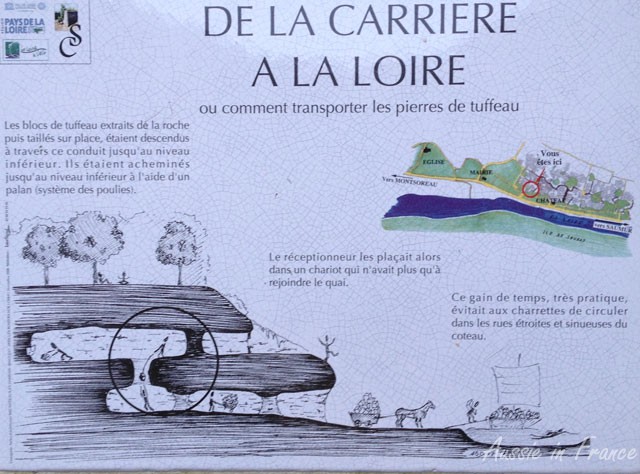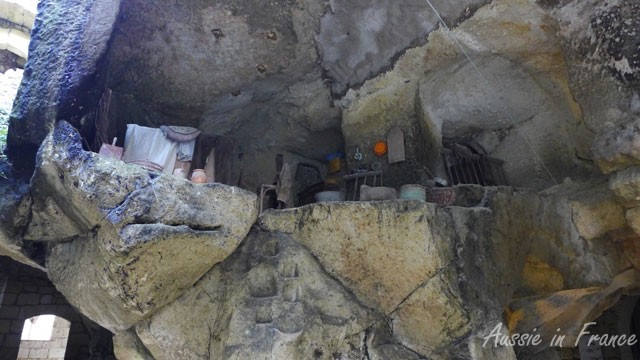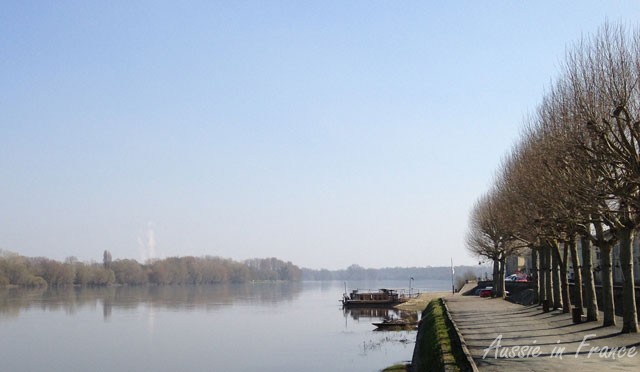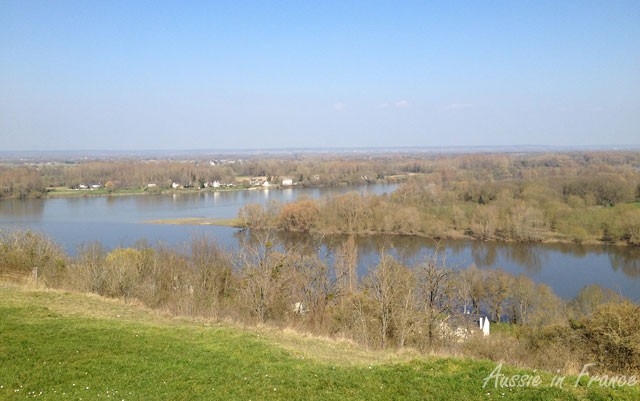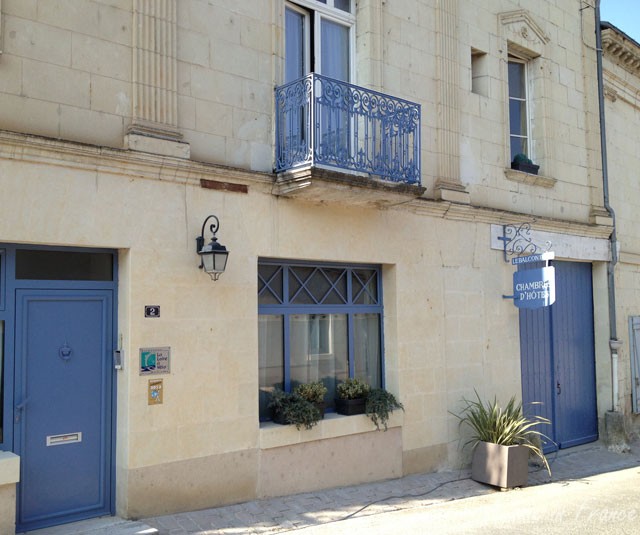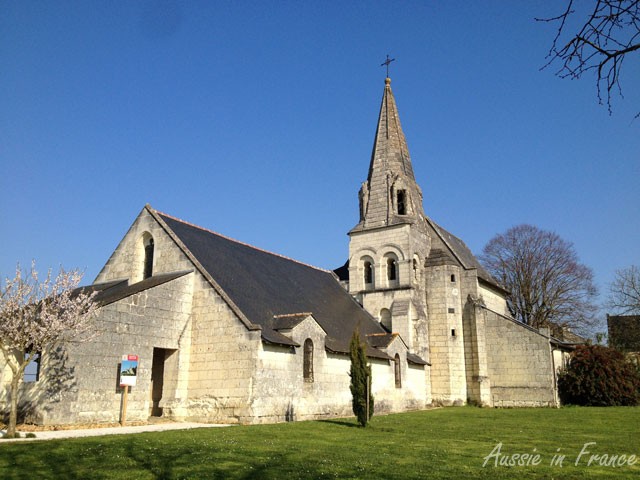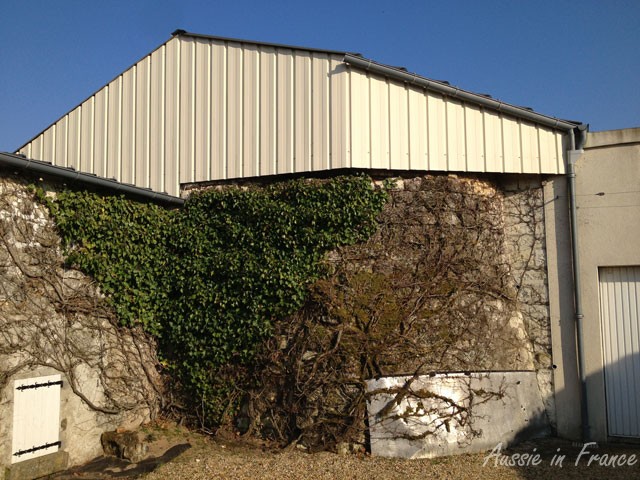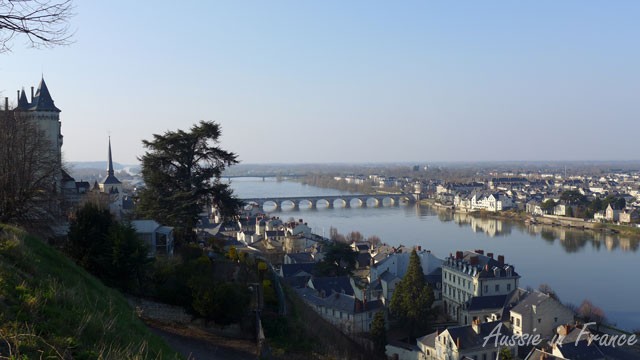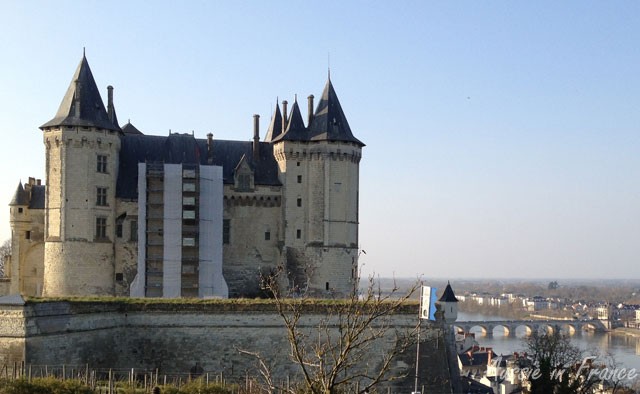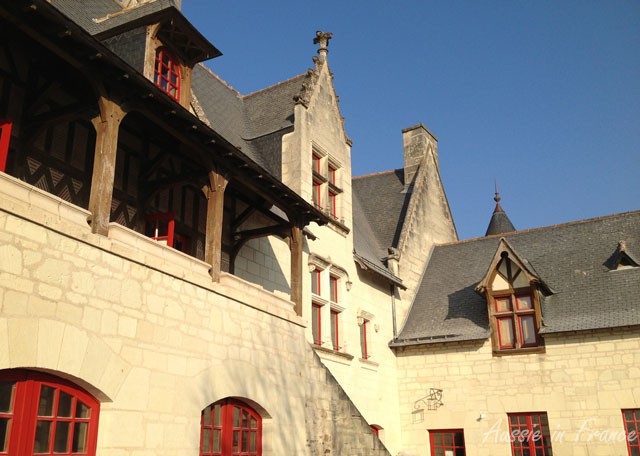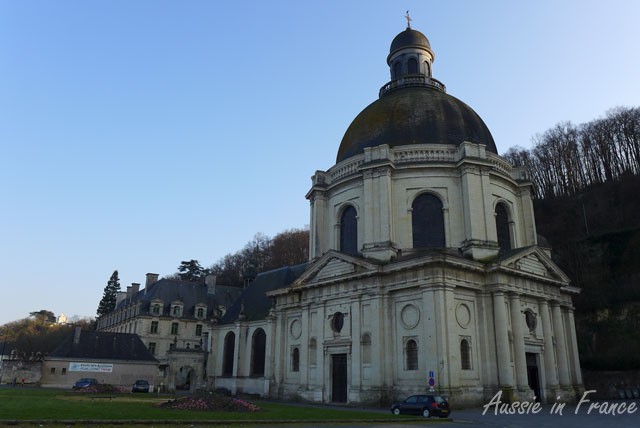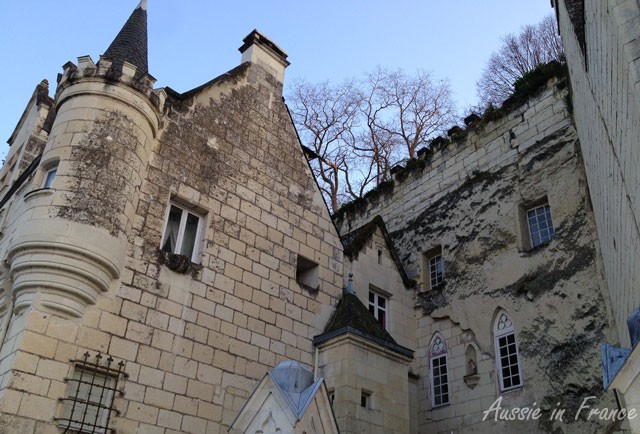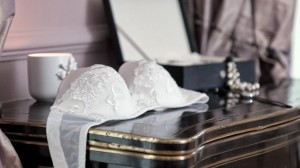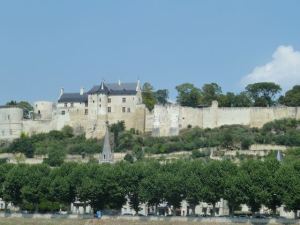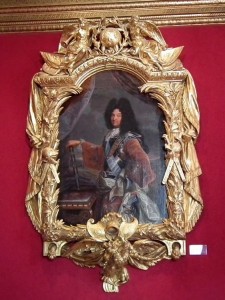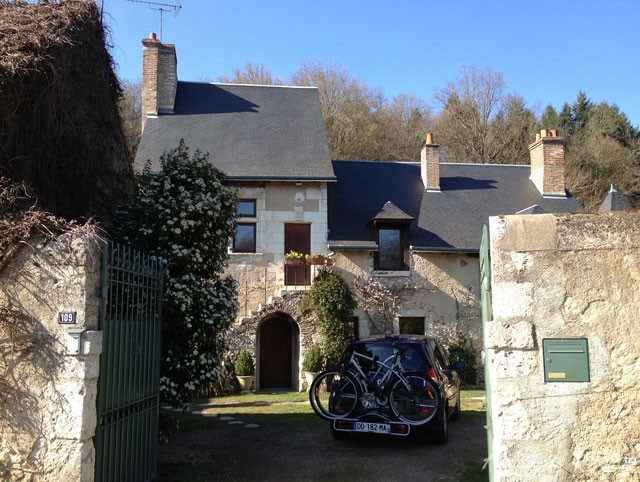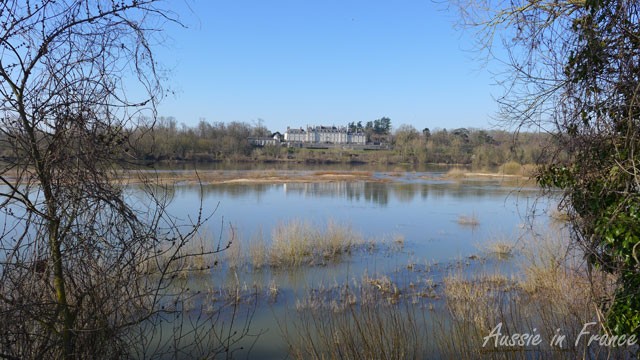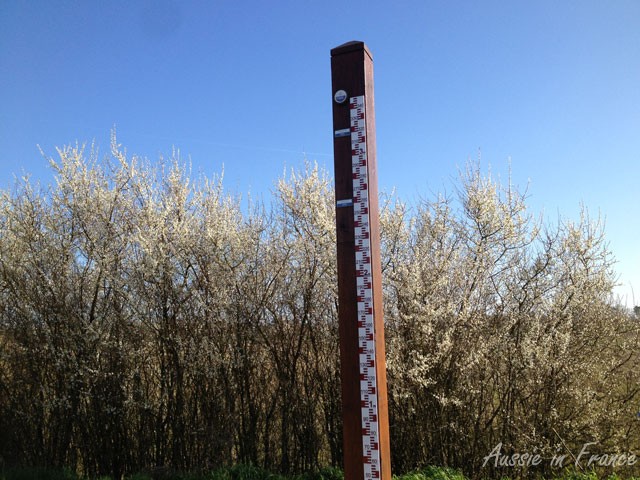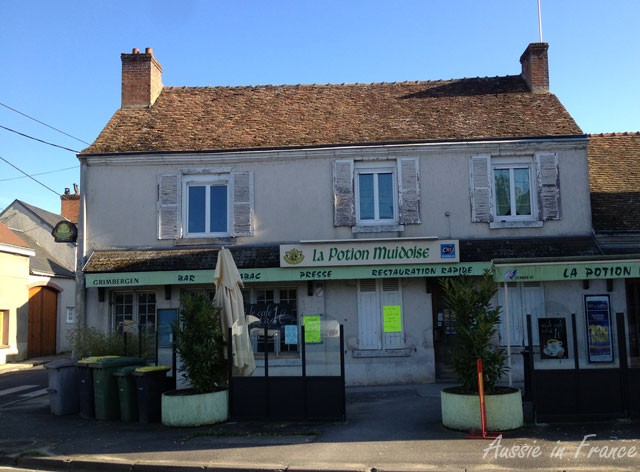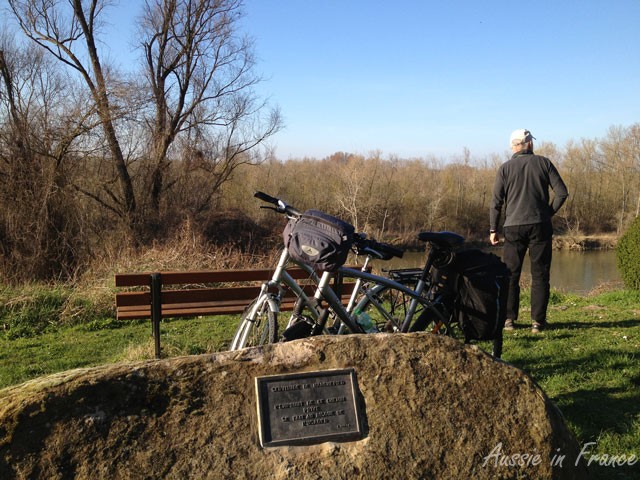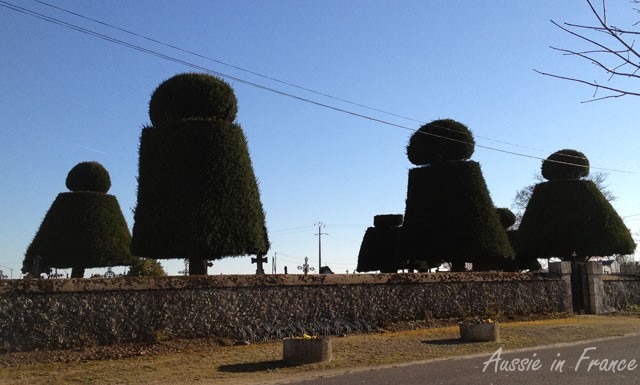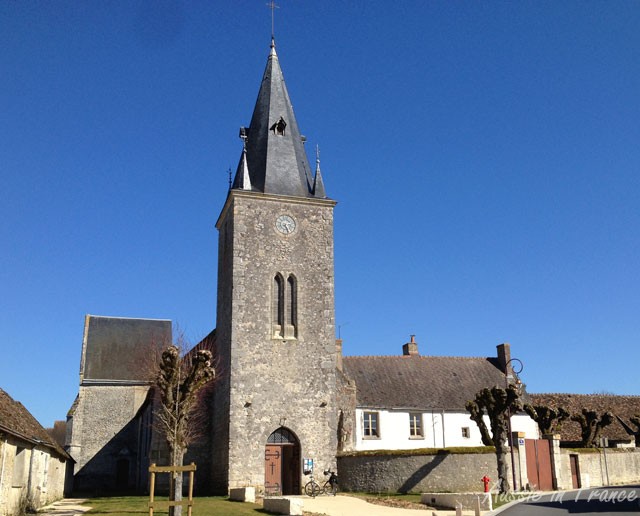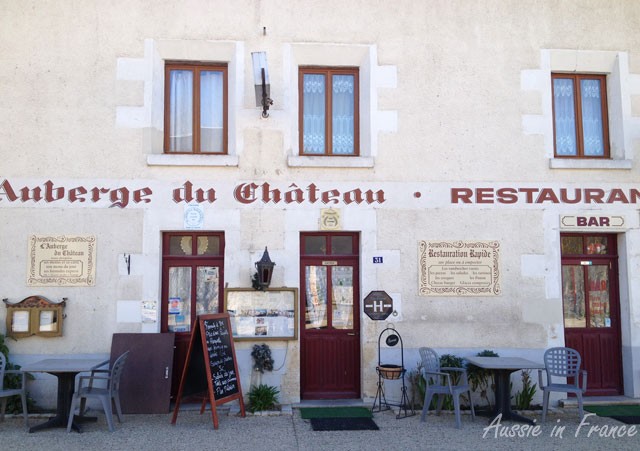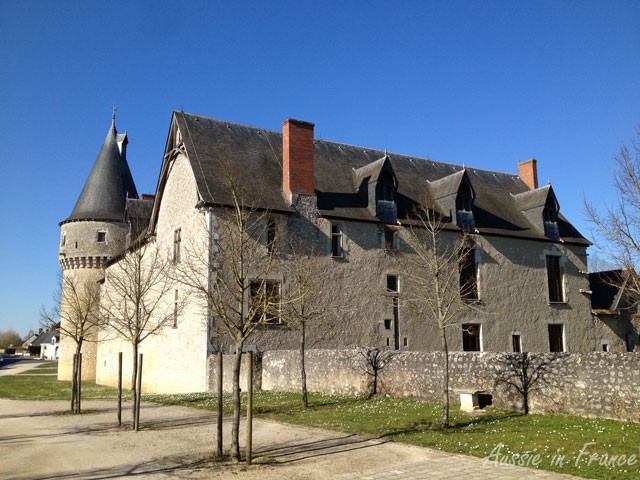We reached our destination – Kobern Gondorf on the Moselle near Koblenz at 4 pm and by 5 pm we were on our bikes ready for our first ride along the Moselle.
First I’d like to explain how we operate. We have a very good bike stand on the back of our car that enables us to open and shut the boot even when the bikes are attached. Jean Michel’s lock system also means we can leave them anywhere without any part of them ever getting stolen.
We drive to our initial destination – we prefer a long drive the first day (we left Blois before 8.30 am and stopped a few times along the way including a picnic lunch) – where we stay 4 or 5 days to wind down and get back to our normal rhythm of 40 to 50 km a day. We fan out from our base taking the train to go further afield if necessary.
Last year we planned everything beforehand but bad weather made us change our plans a bit – there is nothing worse than cycling in pouring rain – so this year we decided to book our first accommodation and then play it by ear. We discovered last time that there are any number of gasthof and gasthaus offering very good value for money along the cycle paths in Germany.
Our present accommodation is in a recent building, is spacious and comfortable ( it even has a small dishwasher) and a large terrace with a lovely view. It has one major defect: the wifi only works on my iPad and iPhone and not on my laptop which means that I can’t touch type or use Photoshop to prepare my photos. The iPad version of WordPress is not as easy to use as the regular version so please be understanding – and don’t be surprised if I stop posting,
On intermittent fast days, we don’t have breakfast and take a picnic lunch. The other days we have breakfast at our flat or at the gasthaus, eat out at lunchtime along our cycle route then have an aperitif and easy to make dinner on our terrace whether we are staying in self-catering accommodation or a gasthaus.
Jean Michel looks after the itinerary and writes up the travel log each day while I look for accommodation, plan meals and speak English! I also look after the clothing situation. Washing can get complicated in a country that has practically no laundromats. But before we left Blois we went to Go Sport and made some great purchases – two sets each of 3/4 pants and shirts that are specially designed to dry quickly and get your body dry when you perspire.
Today we cycled a total of 20 km along the Moselle to Lof and back on another more interesting route past very steep vineyards. Being able to cycle for a couple of hours after spending most of the day travelling is a wonderful way to get right into holiday mood.
Tomorrow we’re heading for the Rhine.




